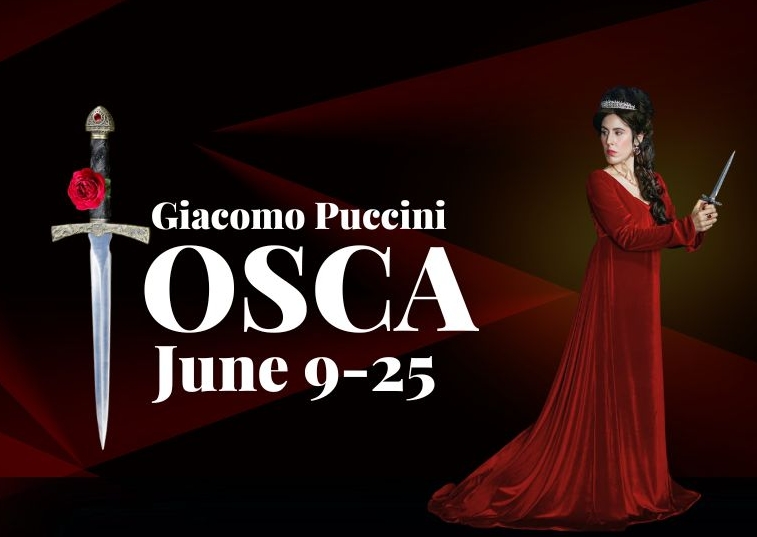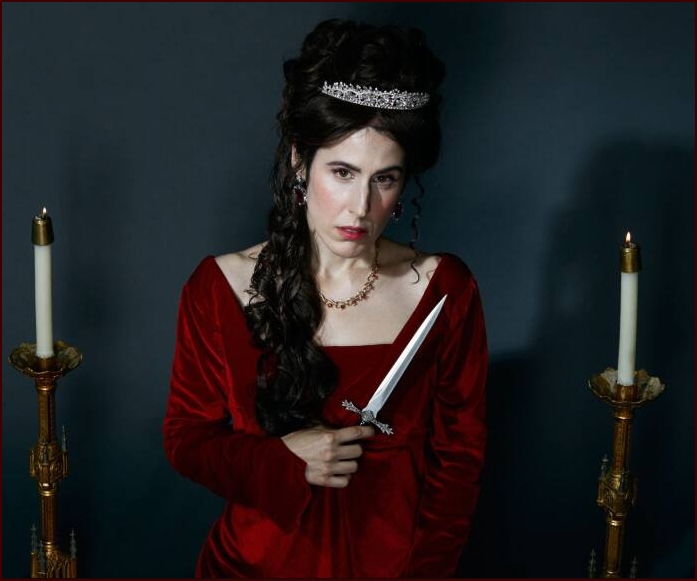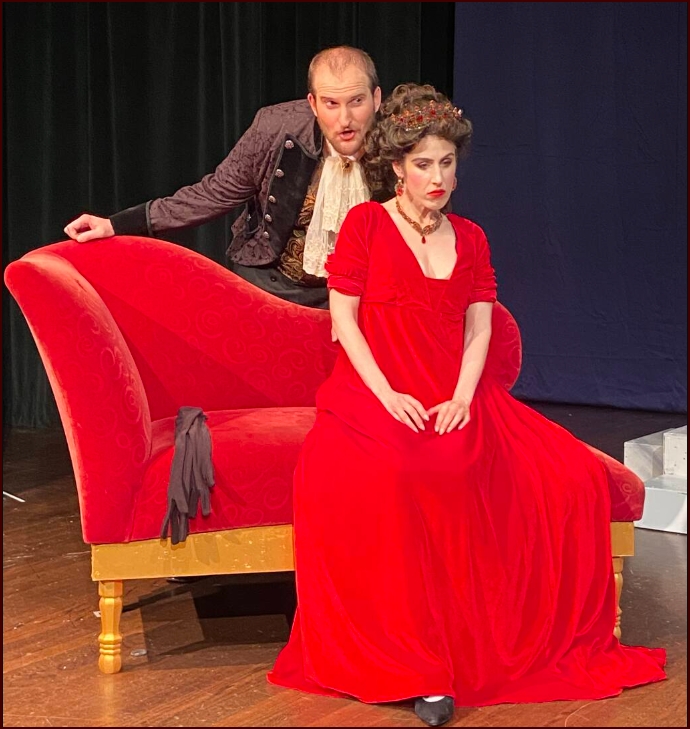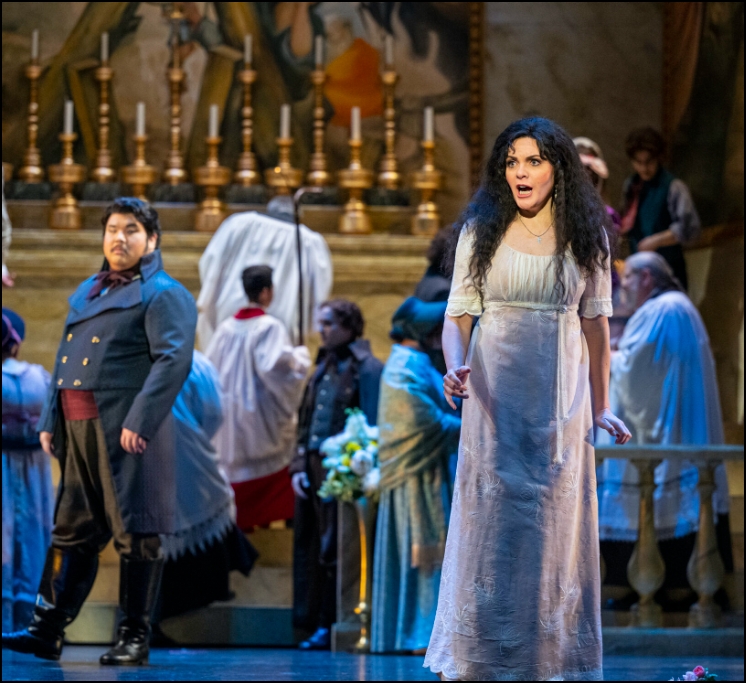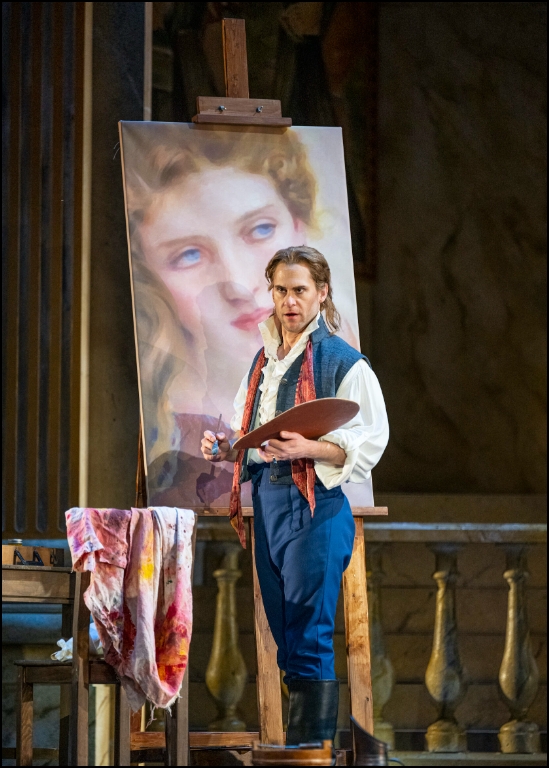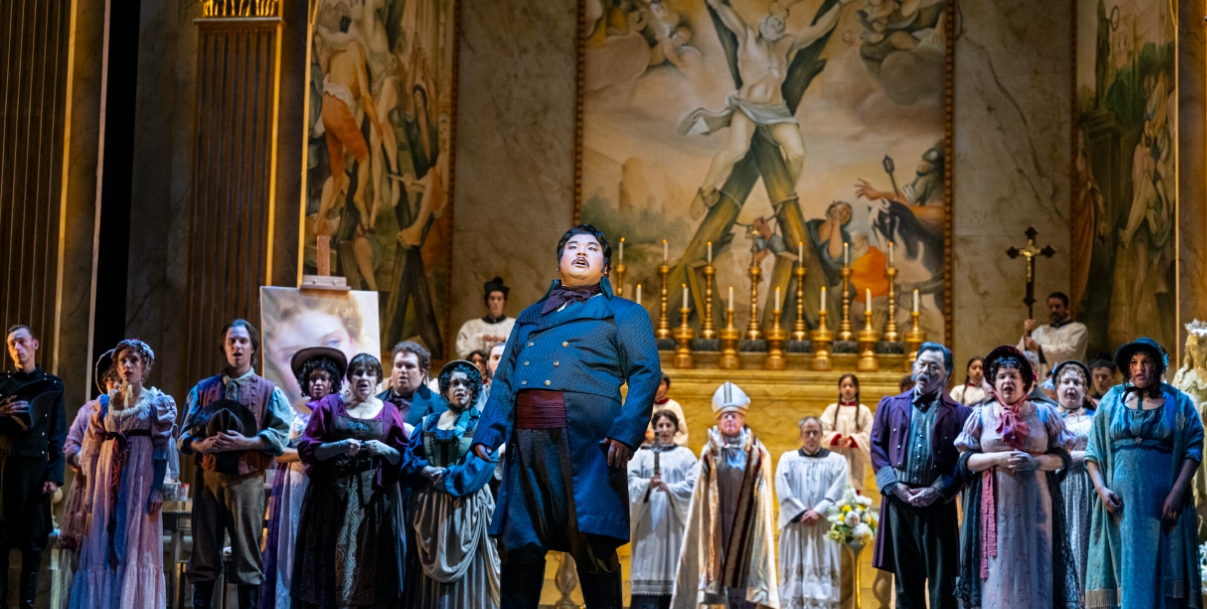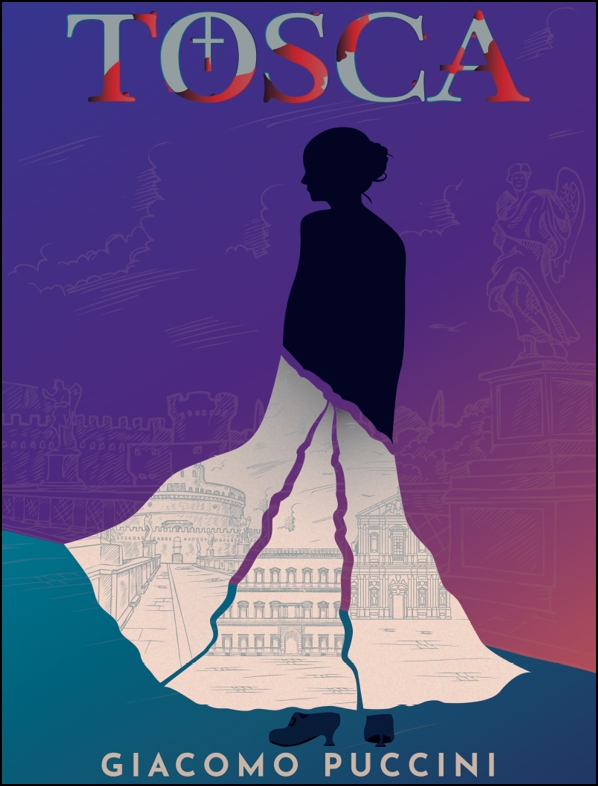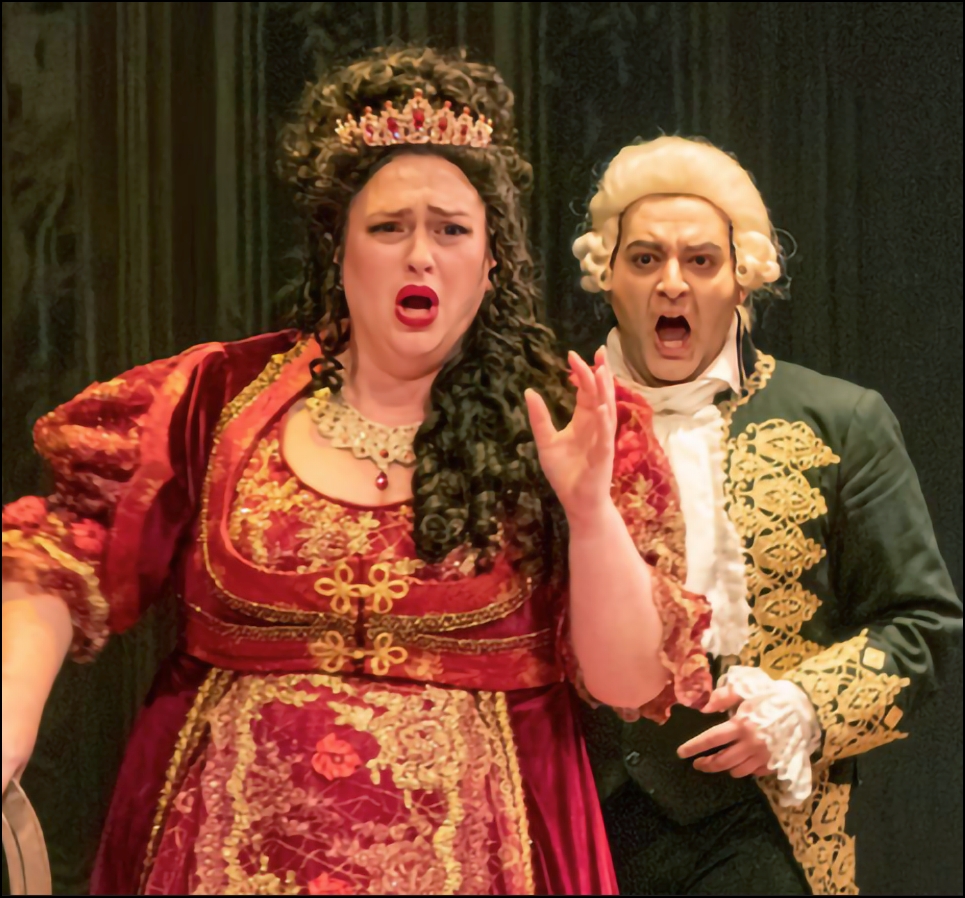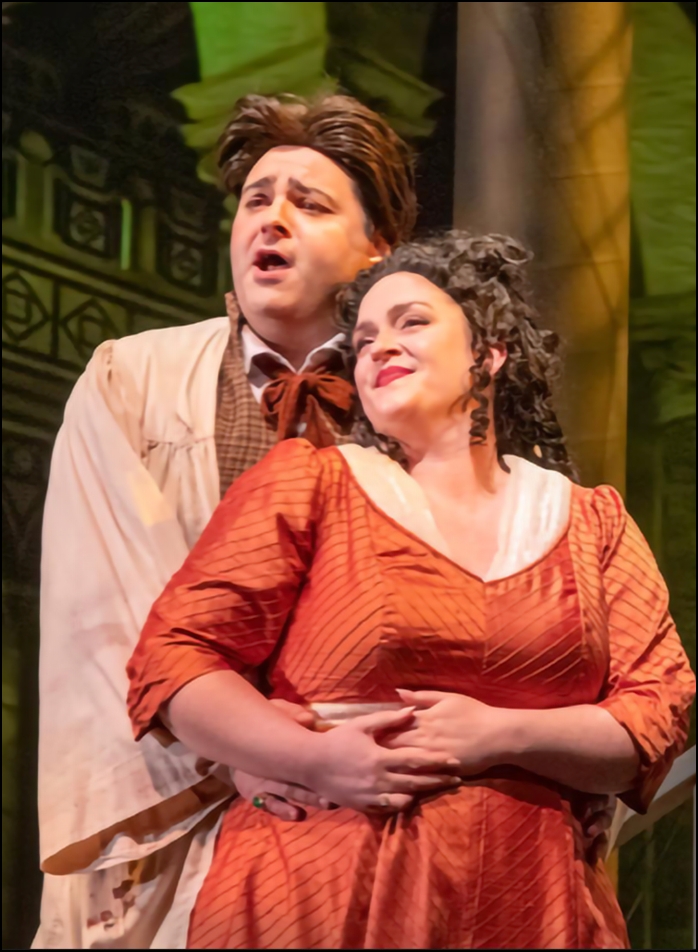By Jeff Dunn
As an opera lover, I’m lucky to live in the Bay Area. Already, I’ve seen Tosca produced by four different opera companies this year: Livermore Opera’s in March, San Jose Opera’s in April, Cinnabar Theater’s in June, and Pocket Opera’s in July. What did I learn from the experience?
Lesson One: To my surprise, “lotsa Tosca” never wore me out. This was due to each company’s success in generating a Quartet of Joys from Bernard Shaw’s definition of opera: “… the story of a soprano and tenor who want to sleep together, and a baritone who tries to stop them.”
The joys were namely: 1-3, feeling the infusion of life into one or more of the three principal singing roles (Tosca, Cavaradossi, and Scarpia) and 4, relishing inspired stage-direction. Sure, there are other things that could have gone right or wrong in these performances, but:
-
- Musical direction was excellent across the board.
- Costume design was uniformly fine.
- And the sets, though ranging from magnificent to bare-boned, seemed to matter so much less compared to the force of the Joy Quartet.
Wouldn’t it be wonderful if these masters of their art could all be together someday in a future production?
Lesson Two: You can’t beat powerful intimacy when it comes to Tosca. Yes, Act 1’s Te Deum is designed for Grand Opera, and San Jose’s full-sized orchestra was magnificent, but Tosca is about outsized personalities, not crowds or elephants.
The joint productions of Cinnabar and Pocket Opera were a revelation in terms of intimacy, with first-class actors and vocalists almost within spitting distance. Seeing the same casts at Cinnabar’s opening in Petaluma and at Pocket’s first venue in Mountain View after five more performances at Cinnabar was a chance to witness how the principals had perfected their artistry. Michelle Drever had evolved her exceptionally passionate Tosca into a uniquely buttery sound reminding me of Placido Domingo. Spencer Dodd’s well-voiced Scarpia had become more self-assured and less cartoonish. And Alex Boyer, who was also Cavaradossi in the Livermore production, had somehow grown from superb to stupendous.

Oh, and you must read about critic Eddy Reynolds’ goosebumps at https://theatreeddys.com/2023/07/tosca-2.html.
Lesson Three: Creative stage direction is a hit or miss proposition. Cinnabar/Pocket director Elly Lichenstein had three hits with having Tosca accidently find her knife to kill Scarpia inside a cross, having two young sisters sing the shepherd’s role on stage to open Act 3, and having kids on stage to open Act 1.
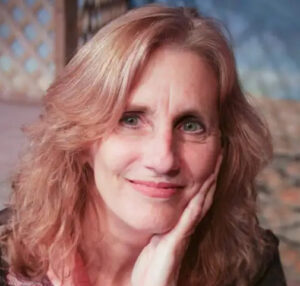
Bruce Donnell for Livermore did a great job of fight direction between Tosca and Scarpia in Act 2.
Tara Branham for San Jose had an interesting idea to put a bed in Scarpia’s Act 2 apartment where the fight with Tosca took place, but in this critic’s opinion it was too far upstage. In perhaps another miscue, she had the churchgoers in Act 1 walk in front of Scarpia during his Te Deum aria. And her worst idea, in my opinion, was having Cavaradossi have a tryst with a woman (Attavanti?) to open Act 1. While intellectually justifiable, I feel the cost of diminishing Cavaradossi’s stature in the hearts of the audience is not worth the innovation.
Lesson Four: Hearing three world-class singers is unforgettable. Maria Natale’s debut as Tosca in San Jose, with her physical and aural beauty, acting chops and clarity, put all other Toscas aside for me.
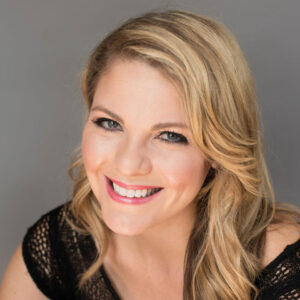
The same went for Livermore’s Scarpia, Aleksey Bogdanov.
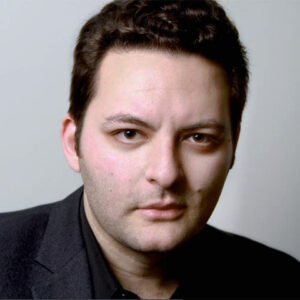
And Alex Boyer, among all his other excellences, brought forth the rarely conveyed fact in the story that he is a noble, not just a handsome hunk.
Wouldn’t it be wonderful if these masters of their art could all be together someday in a future production?
-30-
 Jeff Dunn is ASR’s Classical Music Section Editor. A retired educator and project manager, he’s been writing music and theater reviews for Bay Area and national journals since 1995. He is a member of the San Francisco Bay Area Theatre Critics Circle and the National Association of Composers, USA. His musical Castle Happy (co-author John Freed), about Marion Davies and W.R. Hearst, received a festival production at the Altarena Theater in 2017. His opera Finding Medusa, with librettist Madeline Puccioni, was completed in January 2023. Jeff has won prizes for his photography, and is also a judge for the Northern California Council of Camera Clubs.
Jeff Dunn is ASR’s Classical Music Section Editor. A retired educator and project manager, he’s been writing music and theater reviews for Bay Area and national journals since 1995. He is a member of the San Francisco Bay Area Theatre Critics Circle and the National Association of Composers, USA. His musical Castle Happy (co-author John Freed), about Marion Davies and W.R. Hearst, received a festival production at the Altarena Theater in 2017. His opera Finding Medusa, with librettist Madeline Puccioni, was completed in January 2023. Jeff has won prizes for his photography, and is also a judge for the Northern California Council of Camera Clubs.
| Production | Tosca |
|---|---|
| Stage Direction | Tara Branham |
| Producing Company | Opera San Jose |
| Production Dates | Thru Apr 30th |
| Production Address | California Theater - 345 S First St, San Jose, CA 95113 |
| Website | www.operasj.org |
| Telephone | (408) 437-4450 |
| Tickets | $50- $175 |
| Reviewer Score | Max in each category is 5/5 |
| Overall | 4.5/5 |
| Performance | 4.5/5 |
| Stagecraft | 4.5/5 |
| Aisle Seat Review Pick? | YES! |


